How to Treat Parvo at Home: An Essential Guide for Dog Owners
Imagine this: Your playful puppy suddenly becomes lethargic, refuses food, and develops severe diarrhea. These could be signs of the dreaded parvo virus, a potentially life-threatening condition that strikes fear into the hearts of dog owners worldwide. But don't panic! As a veteran dog trainer and canine health specialist, I'm here to arm you with the knowledge you need to recognize, prevent, and even treat parvo at home when veterinary care isn't immediately available.
The Silent Killer: Understanding Parvo
Parvo is like a stealthy assassin, often striking before you even realize your puppy is in danger. It's a highly contagious viral infection that can be fatal, especially in puppies. But here's the kicker: with quick action and proper care, survival rates can dramatically improve. Let's dive into what you need to know to keep your furry friend safe.
Spotting the Enemy: Symptoms of Parvo Virus
Time is of the essence with parvo, so memorize these symptoms:
- Severe, sudden watery and foul-smelling diarrhea (This is often the first sign!)
- Vomiting
- Fever
- Loss of appetite
- Extreme weakness
- Loss of muscle control
- Dehydration
- Refusal to drink water or eat
If you notice these symptoms, especially in a puppy, it's time to spring into action.
Prevention: Your First Line of Defense
As the saying goes, an ounce of prevention is worth a pound of cure. Here's how to fortify your defenses against parvo:
- Sanitize Like Your Puppy's Life Depends On It: Use a 5% bleach solution to clean your puppy's living area thoroughly. This virus is tough, but bleach is tougher!
- Create a Puppy Bubble: Limit exposure to unknown dogs and high-traffic areas until your pup is fully vaccinated.
- Vaccinate, Vaccinate, Vaccinate: Stick to the vaccination schedule your vet provides. It's your puppy's shield against this nasty virus.
- Backyard Bleach Bonanza: Every 3-4 months, give your backyard a bleach spray treatment. It's like a reset button for lurking pathogens.
- Vet Visits: Floor is Lava: When taking your puppy for check-ups, keep them off the clinic floor. Those tiles might as well be covered in microscopic monsters.
The Home Front: Treating Parvo When the Vet's Not an Option
While professional care is always preferable, sometimes you need to be your puppy's first responder. Here's your battle plan:
Step One: Create a Recovery Haven
Move your puppy to a quiet, warm area with minimal traffic. Think of it as their healing sanctuary. Rest is crucial for recovery.
Step Two: Hydration Station
Dehydration is the enemy here. Administer subcutaneous fluids (available at valley vet supplies) through the back of the neck. Aim for a camel-sized hump under the skin. Repeat this hydration hero move every 2-4 hours during the first 3 days of parvo.
Step Three: Antibiotic Armor
Give your puppy baby amoxicillin (you will need to call around and ask friends and family for help here if you don't have access to a vet). This fights the internal infection that's likely wreaking havoc in your pup's stomach and can help jumpstart their appetite.
Step Four: Flu Fighter (Optional)
If your budget allows, ask your vet for Tamiflu. It's like chicken soup for the puppy soul, helping with those nasty flu-like symptoms.
The Secret Weapon: Bullyade
Invest in a bottle of Bullyade. This electrolyte and vitamin powerhouse can speed up recovery and make water irresistible with beef or chicken flavoring. It's like a sports drink, but for puppies!
When to Call in the Cavalry (aka Your Vet)
While home treatment can be effective, some situations scream for professional help:
- Severe lethargy or unresponsiveness (If your pup's doing a too-good impression of a rag doll, it's vet time)
- Inability to keep any fluids down
- Bloody diarrhea (This is a red flag – literally)
- Significant weight loss
- High fever or hypothermia
The Road to Recovery: A Marathon, Not a Sprint
Recovery from parvo isn't a quick fix. It can take 5-10 days of intense care. Even after your puppy seems better:
- Keep them in isolation for at least two weeks post-recovery. Parvo puppies are like glitter – the virus spreads easily and lingers forever.
- Slowly reintroduce regular food and activity. Think of it as puppy rehab.
- Follow up with your vet to complete the vaccination series. Let's close that immunity gap!
Your Parvo Hotline
Still have questions? Feeling overwhelmed? I've been there, and I'm here to help. Don't hesitate to reach out directly at 302-272-3625. Sometimes, a conversation with someone who's been in the trenches can make all the difference.
Wrapping It Up: Knowledge is Power
Parvo is scary, no doubt about it. But armed with this knowledge, you're already ahead of the game. Remember, prevention is key, early detection is crucial, and prompt treatment can be life-saving. Stay vigilant, keep your puppy's environment clean, and stick to that vaccination schedule like glue.
Your furry friend is counting on you. With love, care, and the right know-how, you can be their hero in the fight against parvo. Stay strong, puppy parents – you've got this!
About the Author: Edward Perez is the founder of ManMade Kennels and canine health specialist with over 20 years of experience. He has successfully guided numerous dog owners through parvo outbreaks and is committed to educating the public about this dangerous virus. For personalized advice, don't hesitate to call Edward at 302-272-3625.
Natural Flea and Tick Prevention for Dogs: Is Garlic Safe for Dogs?
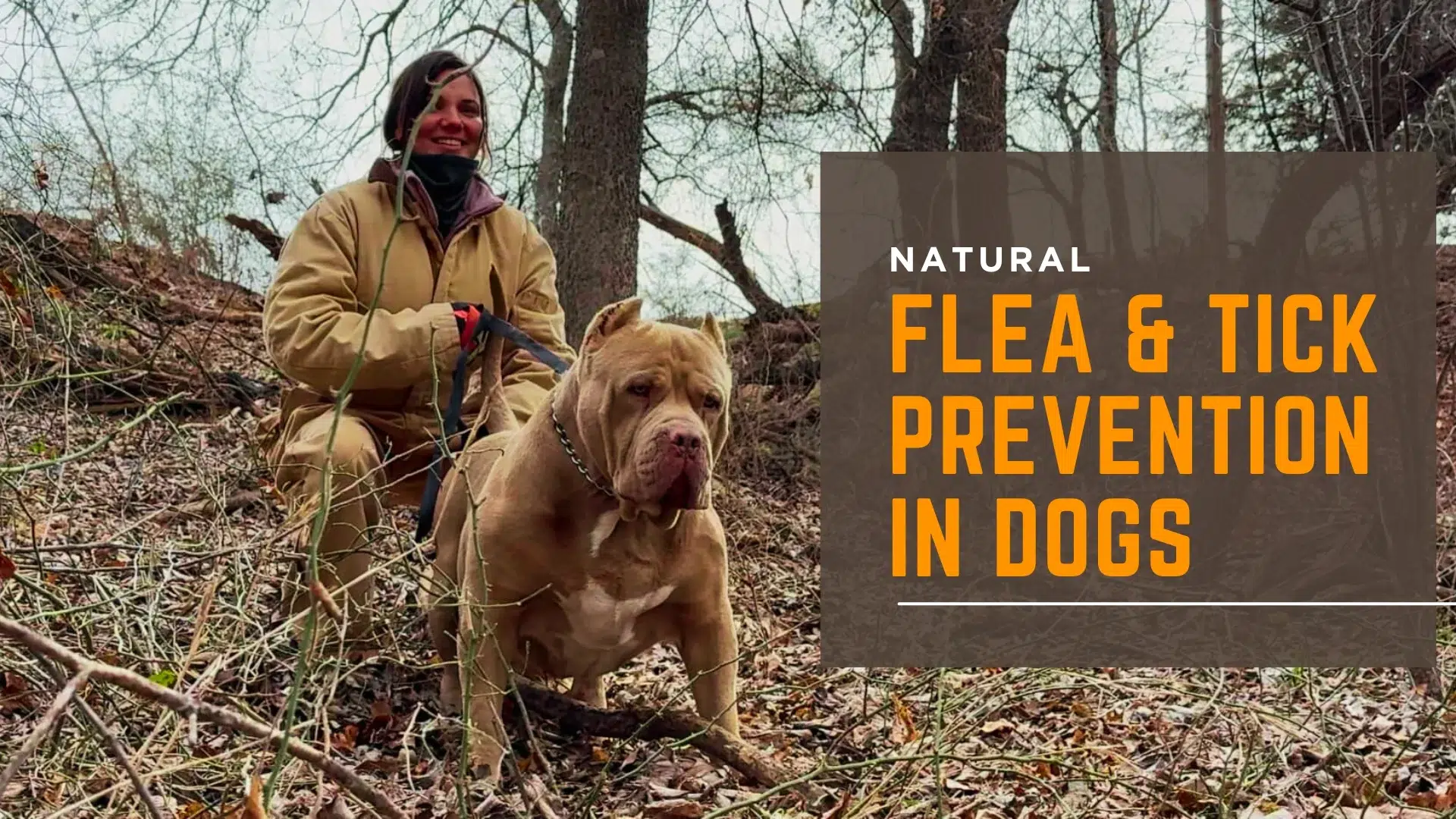
Latest
XL American Bullies vs Brazilian Pit Monsters: A Breeding Comparison
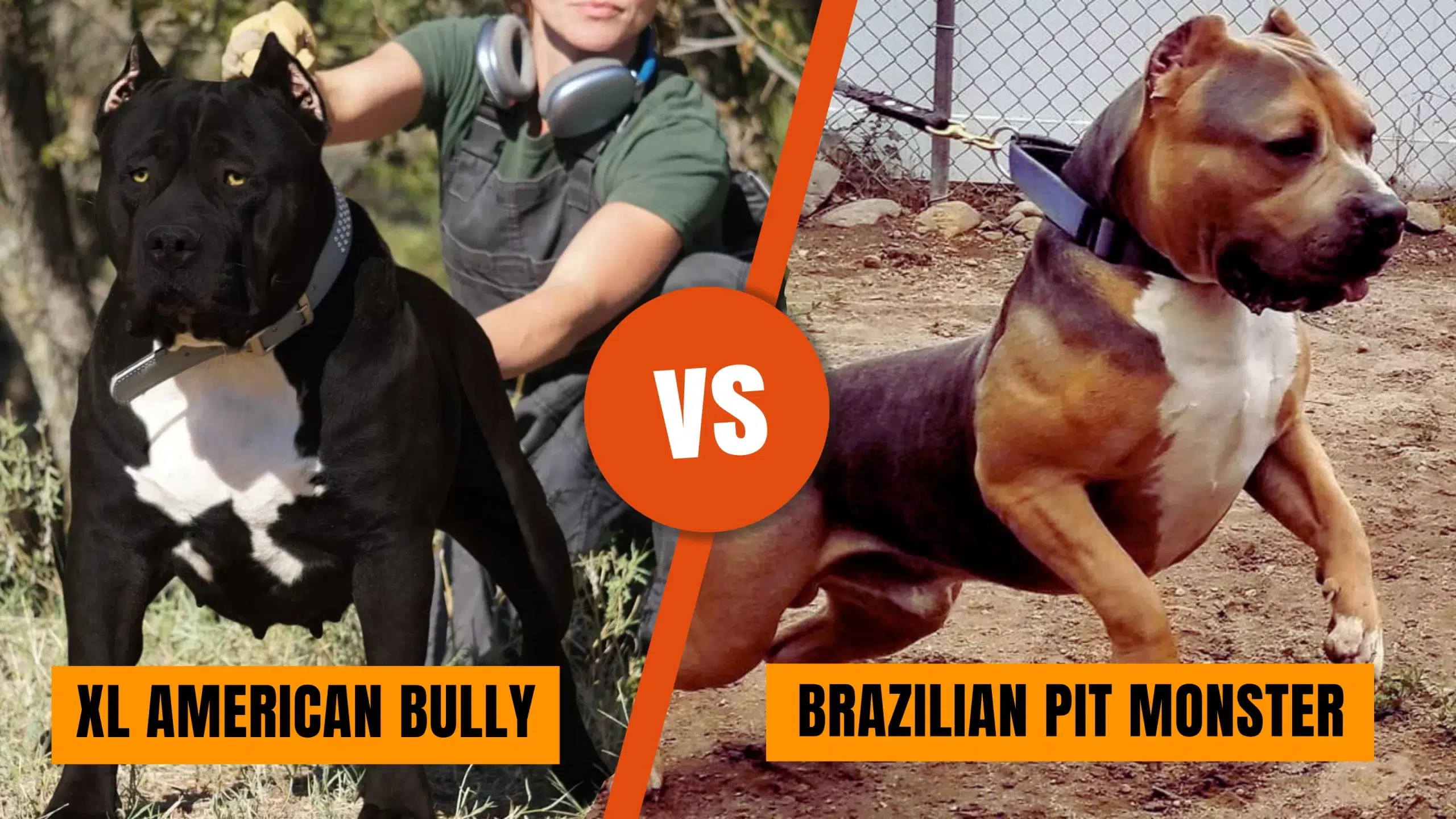
Recurring UTIs in Dogs: Complete Guide to Causes, Treatment & Prevention
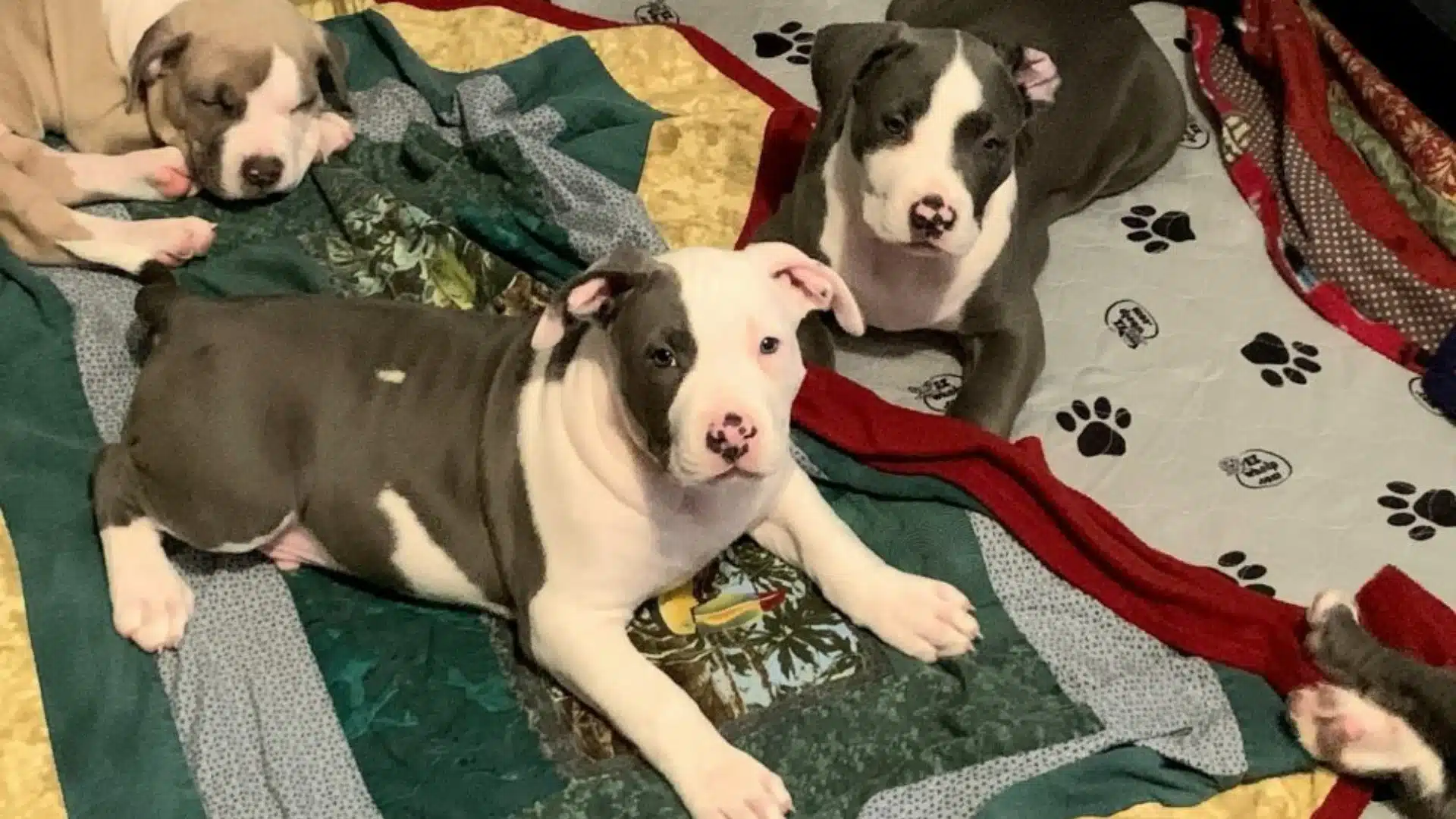
The Complete Guide to Pitbull Dalmatian Mix Dogs: Meet the Bullmatian
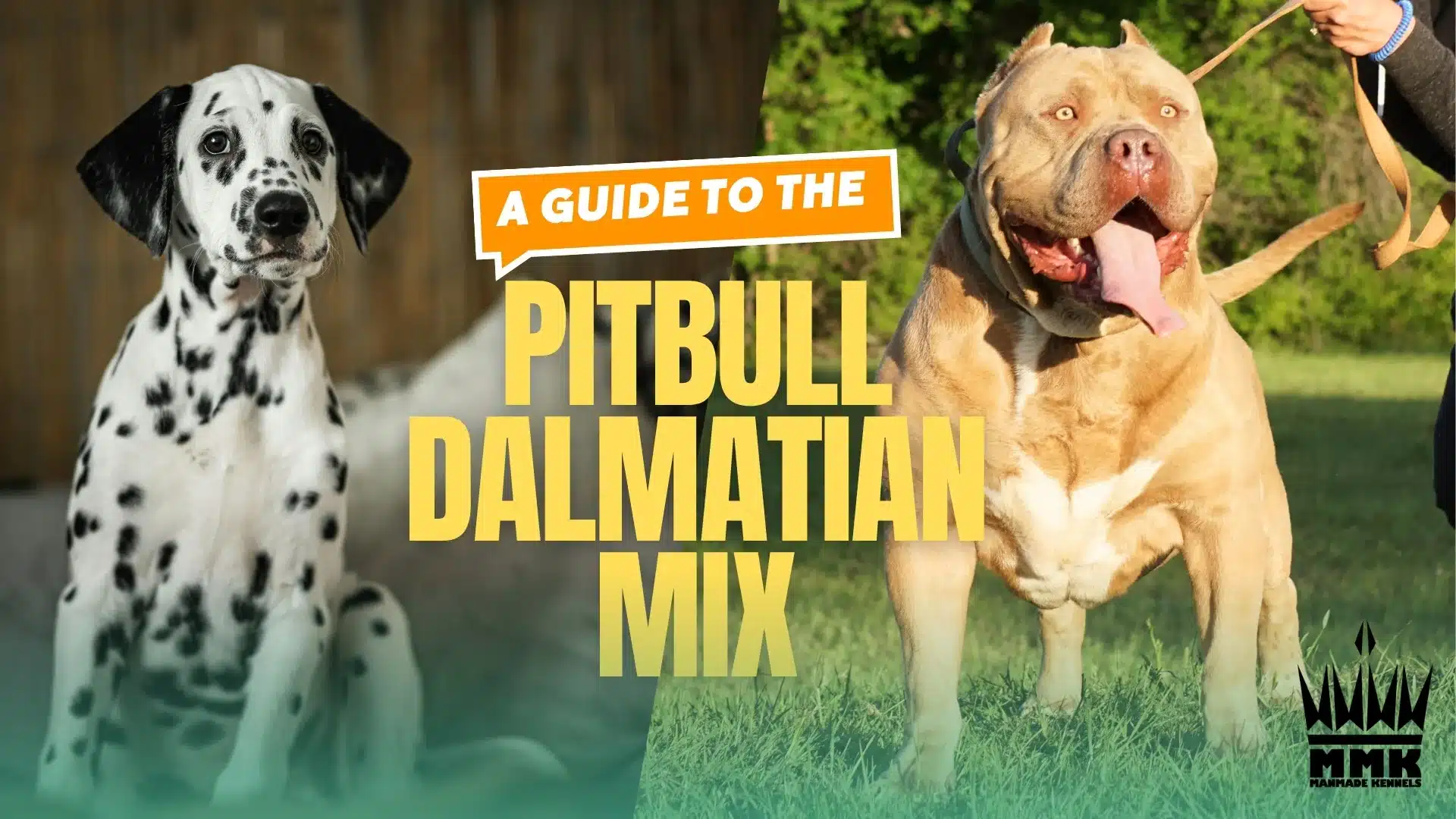
How to Bathe Pitbull Puppies in 6 Easy Steps: 2-Week Old Puppy and Above
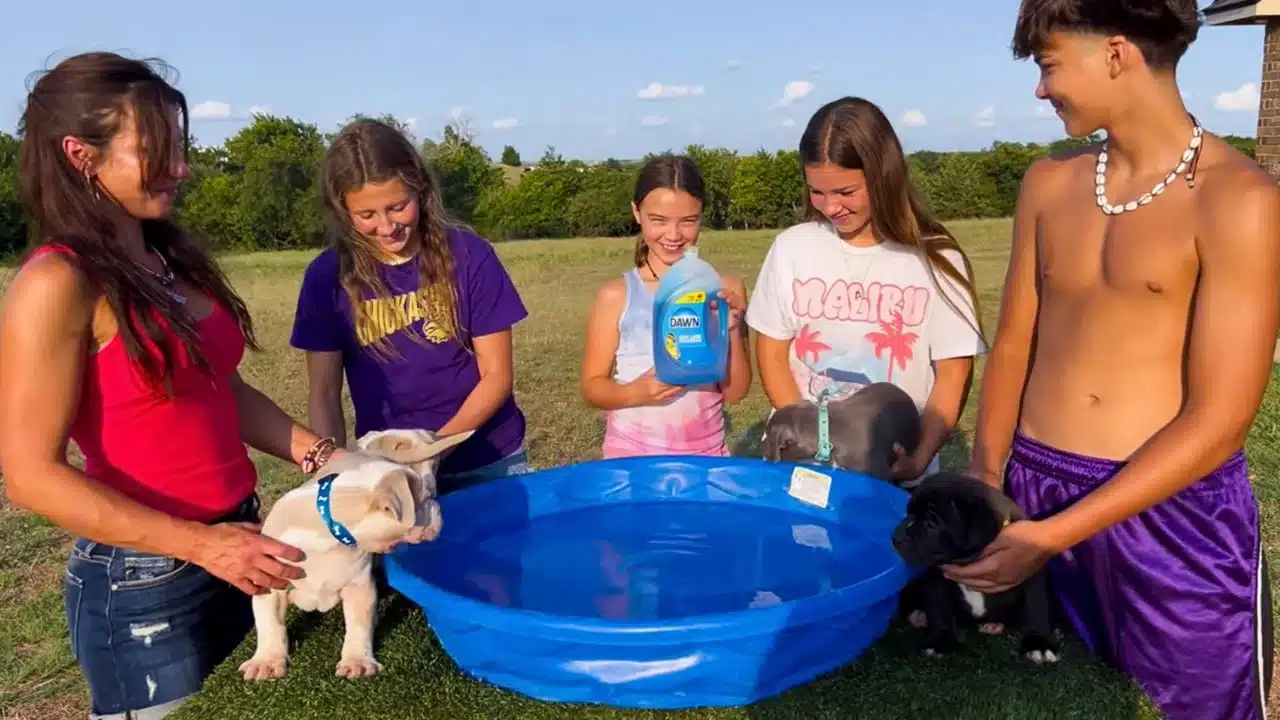
Edward Perez is a dog expert with over 20 years experience.

